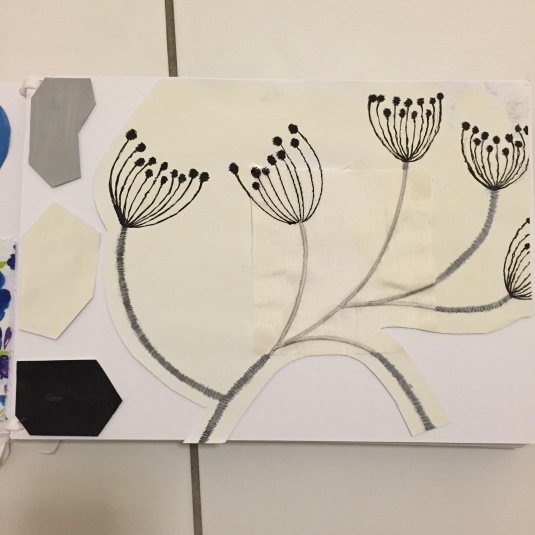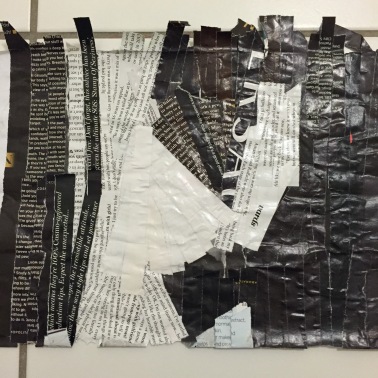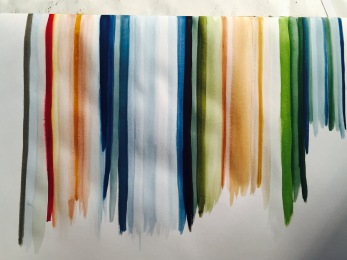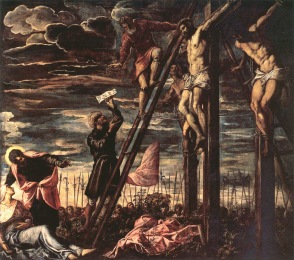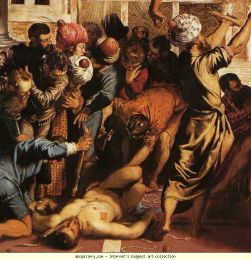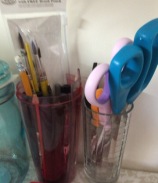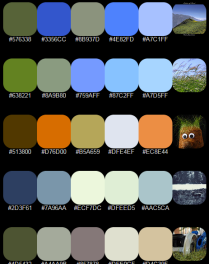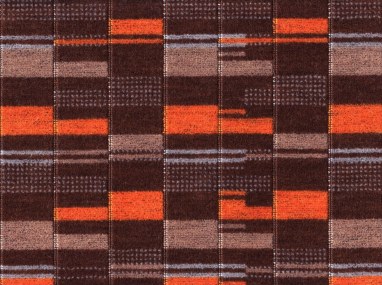I thought I would start this research point from the very basics and then begin to delve deeper and extend my research. I first began with a very simple definition of yarn.
Yarn- Definition from http://www.thefreedictionary.com/yarn
- A continuous strand of twisted threads of natural or synthetic fibres, such as wool or nylon used in weaving or knitting.
- A similar strand of other materials such as glass or plastic.
Alternative definition from http://www.merriam-webster.com/dictionary/yarn
- A continuous often plied strand composed of either natural or man-made fibres or filaments and used in weaving and knitting to form cloth.
It is interesting to read a basic definition of the word yarn because when I think of yarn I think of so much more then it just being a fibre that is used to make something else. I get excited but maybe that is just my love to textiles and 3D linear qualities.
Yarn Fibres
The most common natural fibre used in yarn making is cotton, this is then usually spun into a fine yarn which can then be used to create something else such as cloth or knitting. The most common synthetic fibre is polyester, it is drawn out from polymers derived from natural gas and oil. Synthetic fibres are usually continuous strands of gel-state materials which are then stretched (drawn), hardened (annealed) and cured to obtain the desired properties. Synthetic fibres usually come in three basic forms:
- Staple- cut fibres generally sold into lengths of up to 120mm
- Tow- Continuous rope of fibres consisting of many filaments loosely joined side to side
- Filament- continuous strand consisting on one filament to many
Filament extraction is referred to as spinning and most people then associate this with this with spun yarn production.
The most common spun animal fibre is wool which is harvested from sheep and then reproduced into ‘rougher’ fibres for things such as knitting and crochet. There are also many other animal fibres and they are commonly used due to their qualities which allow them to trip a great deal of hit heat which makes them very warm fabrics. They can trap heat as they are slightly elastic and very breathable.
The definitions above don’t quite cover all that yarn can be used for as both mainly mention the use of yarn in a decorative sense rather than a practical fibre when in actual fact it is used in many technical household items. Not only household items but also those more industrial items for mechanical machinery and various other uses. I investigated further below.
Although natural fibres can be wonderful to use they tend to require a lot more monitoring and labour to keep them in the right conditions and as they have the capability to shrink, wrinkle, strain, fade, stretch and be eaten by moths more commonly then synthetic fibres. This then means special treatment have to be used to try and prevent this.
It is very common for synthetic and natural fibres to be combined to create a product that inherits the properties of both of its parts. This then means the negatives of each fibre can be equalled out by combining with another. For example synthetic fibres may be added to natural fibres to reduce the cost but still keep a reasonable quality, increase durability, provide machine wash-ability and stain resistance.
Structure of yarn
Spun yarn- This is made by twisting staple fibres together to make a single thread. Twisting fibres into yarn is the process called spinning which was one the of the processes to be industrialised. Spun yarns do not have to be made from just one types of fibre, different types can be spun together to create a blend of various fibres with better qualities. The fibres that will then be spun into yarn will be selected dependant on their qualities. For example warmth (wool) or softness (cashmere).
The yarn is constructed from twisted strands of fibre which are known as plies when grouped together. These strands are then plied together in the opposite direction to make a thicker and stronger yarn. Depending on the direction of the final twist the yarn with either be an s-twist or z-twist.
Filament yarn- This is when lots of very long continuous filament fibres are either twisted or grouped together to create a yarn. very tick mono filaments will usually be used for more industrial yarns rather than in the production of clothing for example. Silk is an example if a natural filament and other synthetic yarns such as satin for used to produce silk like qualities.
Texturised yarn- These are made by a process of air texturing filament yarns which combines many yarns to create a yarn with some characteristics of spun yarns. This can sometimes be referred to as taslanizing- this is when a bundle of continuous filament yarns are fed into a small jet nozzle with various amounts of overfeed and then high pressure creates a suction and tangles the yarns together.
The manufacturing process-
- Preparing the fibres- Fibres will usually arrive in large bales which will then need to be cleaned (natural fibres) and separated. The picker will then loosen and separate lumps of the fibre for easier separating.
- Carding- A carding machine has hundreds of fine wires which are set to pull the fibres apart in parallel form. A thin web of fibre in then formed and it will then be shaped into a funnel which produces a strand of all parallel fibre.
- Combing-When a much smoother or finer fibre is require the fibres will go through another carding like process known as combing which will process the fibres in parallel form again which means the shorter fibres will drop out from the strand.
- Drawing out- Once carding and combing has taken place the fibre mass is referred to as the ‘silver’. Several silvers will then be combined before the drawing out begins. A series of large rollers rotate at different rates if speed which then means the fibre is elongated unto a single more uniform strand that is given a small amount of twist.
- Twisting-The silver is then fed through a machine known as the roving machine which in which the strands o fibre as further elongated and twisted again. These strands are now called roving.
- Spinning- Most of the main production companies of yarn use ring spinning and open-end spinning to create a yarn formation. These rollers are able to elongate the roving which will pass through an eyelet and move down through the traveller.
- Coating or spraying the spun card for industrial use. For example coating with rubber. The spindle turns a bobbin at constant speed and this turning helps to ensure the twisting and winding get done in one motion.
Alternative uses for yarn
Reference to: http://www.researchgate.net/profile/Purushothama_Badarayanachar/publication/270507270_Cotton_yarn_in_Technical_applications/links/54abe9f70cf2bce6aa1dc90d.
The above document sourced online was very helpful is helping me to understand this research task further. It has many useful definitions and was extremely eye opening. I have included some of the most interesting definitions below along with my explanations and their relevance to my task.
”Technical or functional textiles could be defined as those textiles which are manufactured with purpose of specific end use and in which decoration or ornamentation is least or nil”
Alternative uses for yarn can be loosely categorised into the below 3 sections:
- Fabrics (made from yarn alone) employed in industrial environments and processes such as cleaning, filtering, packaging, covering and protection for other items.
- Fabrics (made from yarn) combined with other various materials to improve their qualities and extend their uses for example a hose pipe or car tires made from rubberdised fabric. Yarn combined with synthetic resins to be used for electrical machinery parts or coating yarns to make them more durable for items such as book bindings .
- Fabrics that are directly made part of the finished product. For example for the use of sails, tents, tarpaulins or conveyor belts which are made by a sheet of fabrics being sprayed with another product to make the fibres more durable.
Production of yarns
When a fabric is produced by a spinner they will usually no have indication of whether the yarn with be used for a technical (industrial) or not. In this case it is dependant on the quality of the yarn that is produced as to what is used for. For example a weak yarn that is very uneven could be used to make cleaning wipes for machinery or vehicles whereas a very strong and uniform yarn may be sent to be made into shirting which of course is not an industrial use. In the same way that a knitted cloth that is rejected for shirting may then be sent to be made into cleaning clothes for an industrial use. This means that spinners have to try and control the quality of their yarn and try to have a specific determination for the product being produced. Factors effecting the quality of a yarn could be any of the following:
- Raw material suitability for example cotton or polyester. There is no way of saying whether natural or man-made fibres may be best in any instance it is purely to be decided upon by what the desired outcome is.
- Suitability of the technology used- Of course if the technology or machinery is not right this could hugely effect the outcome of the yarn. For example if they technology was not very effective is relaying information to the machinery then it may mean there is mistakes and therefore an uneven spin.
- Machinery condition and maintenance- If the machinery is in disrepair of bad condition this could directly effect the quality of the yarn produced. Housekeeping of the machinery also plays a part here because if there is constant dust and fluff in the machines this will effect the quality of the outcome.
- Working conditions- things such as heat and humidity may have a small effect on the outcome of the product which could be negative or positive.
- Competency of work procedures and the workers themselves- If the workers are incompetent and there are not proper procedures in place it may mean the quality of the spinning is affected in a negative way this could result in lesser earning for the spinners for example the buying cost of fabrics for cleaning wipes which are uneven will be less that a well spun uniform fabrics that could be used for shirting.
- Awareness of customer requirements- If the spinner is aware of what the yarn will be used for as a final product they may use a specific machine or specific raw materials that are likely to have the best quality of outcome.
The production of a non-industrial yarn is different from industrial yarn as it has such a different purpose. There is not need for rubber coatings or chemically sprayed yarns. They can be used in what could be described as a more natural form. When making yarn a high degree of twist will produce a strong yarn and a low twist will produce a more free, softer yarn. For items such as clothing and linen you may find a slightly lower degree of twist so the fabrics is softer and more moveable.
Aesthetics of yarn
Aesthetics definition by http://dictionary.reference.com/browse/aesthetics
”the branch of philosophy dealing with such notions as the beautiful, the ugly,the sublime, the comic, etc., as applicable to the fine arts, with a view to establishing the meaning and validity of critical judgements concerning works of art, and the principles underlying or justifying such judgements.”
The origin of the word aesthetic comes form the late 18th Century the word is derived from the Greek word aistheta which means perceivable things. It relates to the perception of senses. For example ‘the artwork was very aesthetically pleasing’ (pleasing on the senses/eyes).
When dealing with industrial yarns the aesthetics is not necessarily always that important because the yarns are used in a more practical way as oppose to be decorative or aesthetically pleasing. For example a belt for a piece of machinery does not have to be nice looking or be beautiful it needs to meet the requirements and be practical and durable. However on the other hand something like a hose pip is considered an industrial or technical use of yarn so does to a certain extent have some aesthetic pleasing qualities. For example the fact that it is usually yellow or green and has a certain smooth surface.
Handle and performance of yarn
Again, it could be argued that the performance of an industrial yarn is more important than that of a yarn used for non industrial purposes however I believe it is about getting the right balance between aesthetics and performance to create the perfect product. For example a hose pipe, although it needs to be aesthetically pleasing it would seem the functionality of the product is actually more important than how it looks whereas an item of clothing needs to look good but also be functional for it purpose. Again, the right balance is key.
On another note it could also be argued that performance of an industrial yarn or fibre may have more negative consequences if it doesn’t work properly so maybe performance is more important. For example if a conveyor belt snaps on a piece of machinery due an error with the yarn made belt it could result in injury whereas if a shirt splits because it isn’t strong enough it doesn’t really matter in the grand scheme of things.
Also the type of customer that the product is being sold to may have higher priorities in one area than another. For example someone who is ‘materialistic’ and likes beautiful things may buy a product that is more beautiful than functional whereas a ‘practical’ person may buy a product based on it quality and functionality.
What is important with the performance of a yarn? All of the below are of course dependant on the product that is being made with the yarn.
- Movement- This links in with flexibility and ability to drape and hang if required. How a product moves will have a direct effect on what it can be used for. Does the outcome need to be flexible or pliable or rigid and firm?
- Construction- The construction of a yarn will effect many of its features and how it is able to be used. For example if a yarn is coasted with plastic of rubber it will be less rigid than that of a yarn just lightly sprayed with a waterproofing substance.
- Resilience- This refers how the product may ‘bounce back’ after it has been used. For example if a rubber conveyor belt stretches when it is hot will it shrink back once it cools and vice versa.






